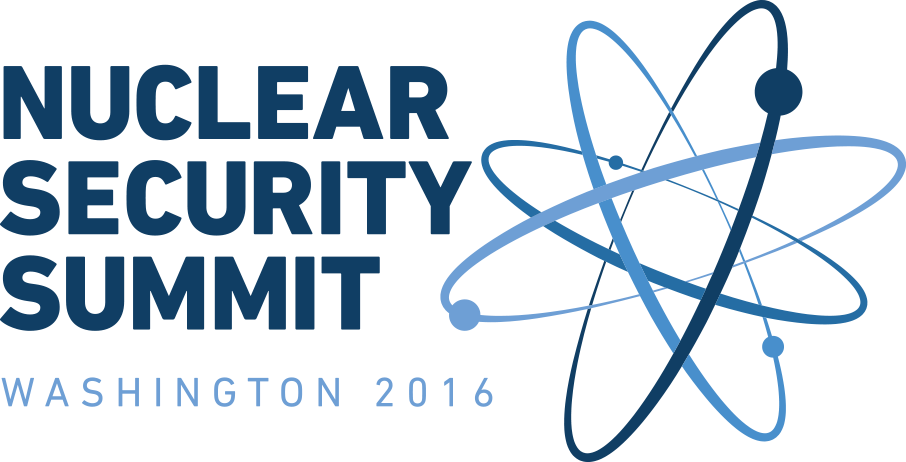IAEA NUSIMS: Online Tool to Strengthen Nuclear Security
/Participants from 71 Member States learnt about an IAEA voluntary self-assessment tool to strengthen national nuclear security regimes at a meeting at IAEA headquarters last month. The online nuclear security information management system (NUSIMS) provides Member States with a clear and more up-to-date picture of their respective nuclear security situation through a structured self-assessment tool.
“NUSIMS is a web-based platform designed to provide Member States and the IAEA with secure means to aggregate and analyse country-specific nuclear security related information, to assist in identifying improvements, needs and priorities in their national nuclear security regimes,” said Khammar Mrabit, Director of the IAEA Division of Nuclear Security. It also allows Member States to track progress, and assists with the planning of future activities in a holistic and coordinated manner.
Accurate country information is vital to strengthening nuclear security, Mrabit said, and added that the meeting provided a valuable opportunity for the IAEA to collect feedback and suggestions from participants on potential improvements of the system. This is an on-going process to meet, upon request, the different needs related to continuous improvement of the nuclear security situation of Member States.
The Three-Stage Process
Use of the web-based system is a three-stage process.
First, Member States use self-assessment questionnaires to review their nuclear security regime and compare it to the IAEA’s nuclear security recommendations. Each country gathers and enters information into NUSIMS on the type of its nuclear and related facilities, existing nuclear security legislation in place, the implementation of security measures, and problems faced in managing nuclear or radioactive material, among others.
Once the self-assessment questionnaire is submitted, IAEA subject matter experts are available to assist the Member State with analysis and collation of the data and also to support the preparation of an initial draft country profile.
Finally, a specific action plan in collaboration with the IAEA may be developed for the Member State, for further improvement for a more effective and sustainable nuclear security framework.
“This tool helps to promote cooperation and coordination among national players as we have to input information and validate it,” said Muzna Assi, a technical advisor at Lebanon’s Atomic Energy Commission. In the long-term, it helps a country improve and maintain its nuclear security regime in line with international standards, she added.
The information submitted under NUSIMS is voluntary and confidential.
Dynamic electronic tool supports country-specific plan
Several IAEA Member States already have in place an integrated nuclear security support plan (INSSP), a well-established IAEA tool for addressing their security-related needs. In such cases the information gathered through NUSIMS can be input into the INSSP and the resulting INSSP implementation plan.
“NUSIMS is a model tool to enhance the INSSPs. It gives us a self-assessment tool to provide in-depth information of what is expected from countries in following through with IAEA nuclear security series recommendations,” said Richard Ndi Samba, a senior officer with the Cameroon National Radiation Protection Agency.
INSSPs provide for a comprehensive assessment of Member States’ security needs, and assist them in identifying improvements and implementing activities to strengthen nuclear security. They also help monitor and enhance an efficient coordination system to implement nuclear security activities. “Though considerable progress has been achieved, a lot has still to be done,” said Scott Purvis, Head of the IAEA Division of Nuclear Security Information Management Section. As of today, 79 States have finalised and formally approved their country specific plans. The target is to finalize INSSPs in 100 recipient countries by the end of 2017, he said.
The meeting took place from 16 to 18 February 2016 at the IAEA headquarters. The next NUSIMS technical meeting is planned for 2018.

